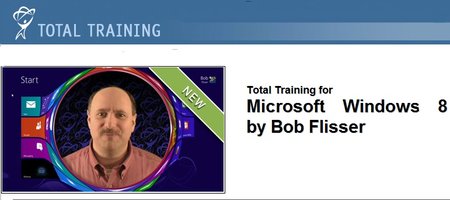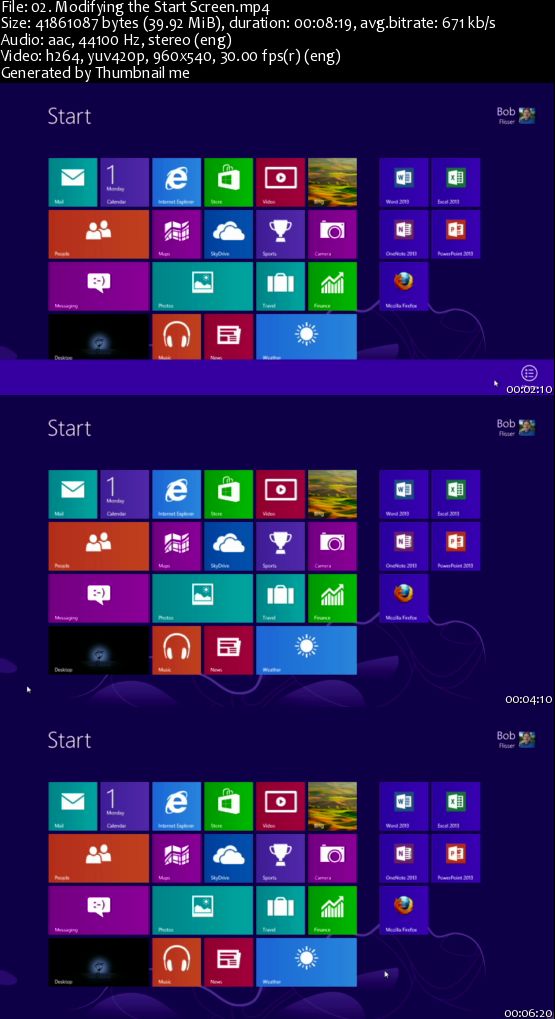American internet users who share music, movies or TV shows online may soon get warning notices from their service providers that they are violating copyright law.
Ignore the notices, and violators could face an internet slow-down for 48 hours.
Those who claim they are innocent can protest - for a fee.
For the first time since a spate of aggressive and unpopular lawsuits took no prisoners in the US almost a decade ago, the music and movie industries are going after internet users they accuse of swapping copyrighted files online.
But unlike the lawsuits from the mid-2000s - which swept up everyone from young kids to the elderly with sometimes ruinous financial penalties and court costs - the latest effort is aimed at educating casual internet pirates and convincing them to stop.
There are multiple chances to make amends, and no real, legal consequences under the program if they don't.
"There's a bunch of questions that need to be answered because there are ways that this could end up causing problems for internet users," such as the bureacratic headache of being falsely accused, said David Sohn, general counsel for the Center for Democracy and Technology, a Washington-based civil liberties group.
But he added: "There's also the potential for this to have an impact in reducing piracy in ways that don't carry a lot of collateral damage."
The Copyright Alert System was put into effect this week by the five biggest US internet service providers - Verizon, AT&T, Time Warner Cable, Comcast and Cablevision - and the two major associations representing industry - the Motion Picture Association of America and the Recording Industry Association of America.
Under the new programme, the industry will monitor "peer-to-peer" software services for evidence of copyrighted files being shared.
Each complaints will prompt a customer's internet provider to notify the customer that their internet address has been detected sharing files illegally.
Depending on the service provider, the first couple of alerts will likely be an email warning. Subsequent alerts might require a person to acknowledge receipt or review educational materials. If a final warning is ignored, a person could be subject to speed-throttling for 48 hours or another similar "mitigation measure."
After five or six "strikes," however, the person won't face any repercussions under the program and is likely to be ignored. It's unclear whether such repeat offenders would be more likely at that point to face an expensive lawsuit.
The number of internet users subject to the new system is a sizeable chunk of the US population. Verizon and AT&T alone supply more than 23 million customers.
For the recording industry, which blames online piracy for contributing to a dramatic drop in profits and sales during the past decade, the new alert system is a better alternative than lawsuits. In December 2008, the Recording Industry Association of America announced it had discontinued that practice - which had been deeply unpopular with the American public - and would begin working with the internet providers on the alert system instead.
"We think there is a positive impact of programs like this, and that they can put money in the pocket of artists and labels," said Jonathan Lamy, a spokesman for the RIAA.
The Motion Picture Association of America estimates some 29 million people have downloaded or watched unauthorized movies or TV shows online, mostly using technology such as BitTorrent, a popular peer-to-peer protocol. Like its counterparts in the music industry, the MPAA says it believes people will stop when they understand it's illegal and are redirected to legal ways of paying for downloads.
The alert system "will help ensure an internet that works for everyone by alerting families of illegal activity that has occurred over peer-to-peer networks using their internet accounts and educate them on how they can prevent such activity from happening again," Michael O'Leary, an executive for the MPAA, said in a statement Tuesday.
A primary question is whether the system will generate a significant number of "false positives," or cases in which people are accused of sharing illegal content but aren't.
One scenario is if a person doesn't encrypt their wireless connection, leaving it open to a neighbour or malicious hacker that swaps illegal files. Another example might be if a person uploads a "mashup" of songs or brief scenes from a movie - content that wouldn't necessarily violate the law but could get flagged by the system.
The Center for Copyright Information, which created the alert system, is responsible for producing the methods that companies will be allowed to use to catch pirates, but it said it won't release those details publicly.
It said the system will rely on humans to review the entire content of every file to make sure it qualifies as material protected under copyright laws.
"This is an imperfect science," said Yoshi Kohno, an associate professor of computer science and engineering at the University of Washington. "The likelihood of a false positive depends on the diligence of the party doing the investigation."
Bartees Cox, a spokesman for the consumer watchdog group Public Knowledge, says it will watching to ensure the program doesn't evolve into imposing harsher punishments by internet providers, such as terminating a person's internet access altogether if they are accused of being a prolific violator.
If a person believes they've been wrongly accused, they will have multiple chances to delete the material and move on without any repercussion. If the problem is chronic, they can pay US$35 to appeal - a charge intended to deter frivolous appeals but also one that can be waived. The centre says it won't require proof that a person is financially strapped.
The centre's director, Jill Lesser, said that the goal is to educate the average internet user, rather than punishing them, and no one will see their internet access cut off.
"This is the first time the focus has been on education and redirection rather than a carrot-and-stick approach," she said.
Sohn said the effort will be a significant test whether voluntary measures can reduce copyright infringement.
"The long-term challenge here is getting users to change their attitudes and behaviours and views toward copyright infringement, because the technology that enables infringement - computers, digital technology and the internet - that stuff isn't going away," he said.
- AP
Comments
Source: http://www.stuff.co.nz/technology/digital-living/8358630/What-is-the-Copyright-Alert-System
nor easter veep los angeles kings earth day timothy leary jonathan frid pujols


 Adobe's mobile Photoshop strategy has so far kept more heavyweight editing capabilities to tablets with Photoshop Touch, and left the iPhone with Photoshop Express. But today the company has officially released Photoshop Touch for iPhone and Android smartphones, which inherits virtually all of the functionality of the more powerful tablet app, with an?interface?tailored to the smaller screens.
Adobe's mobile Photoshop strategy has so far kept more heavyweight editing capabilities to tablets with Photoshop Touch, and left the iPhone with Photoshop Express. But today the company has officially released Photoshop Touch for iPhone and Android smartphones, which inherits virtually all of the functionality of the more powerful tablet app, with an?interface?tailored to the smaller screens.
 Download Total Training - Windows 8 Training.rar
Download Total Training - Windows 8 Training.rar 



